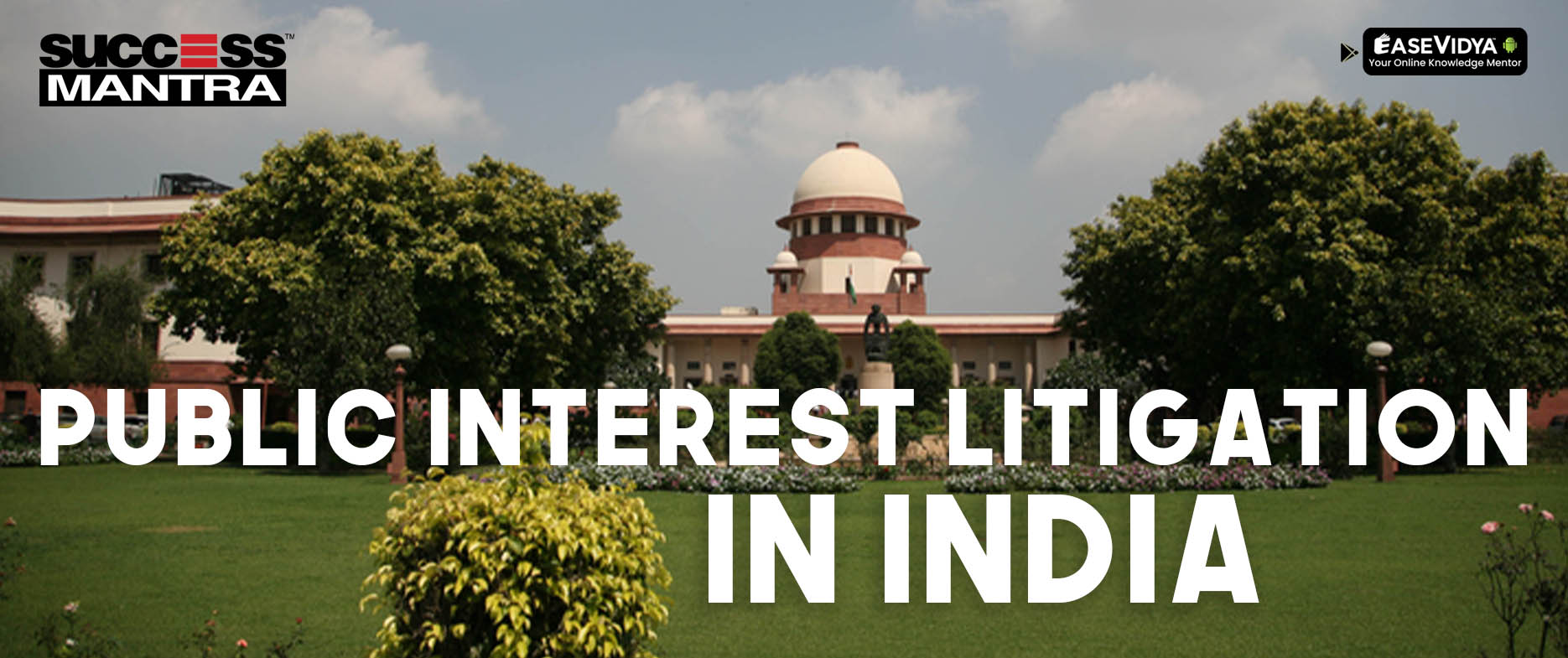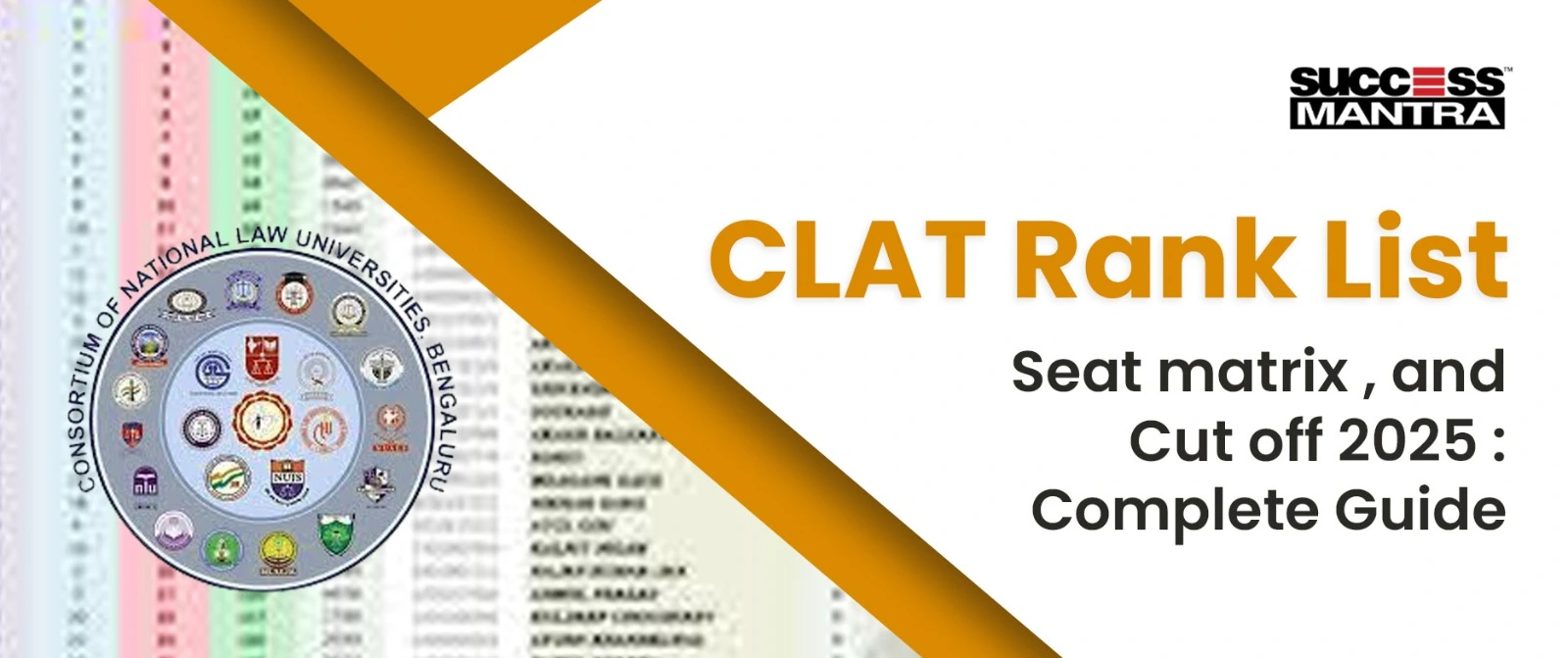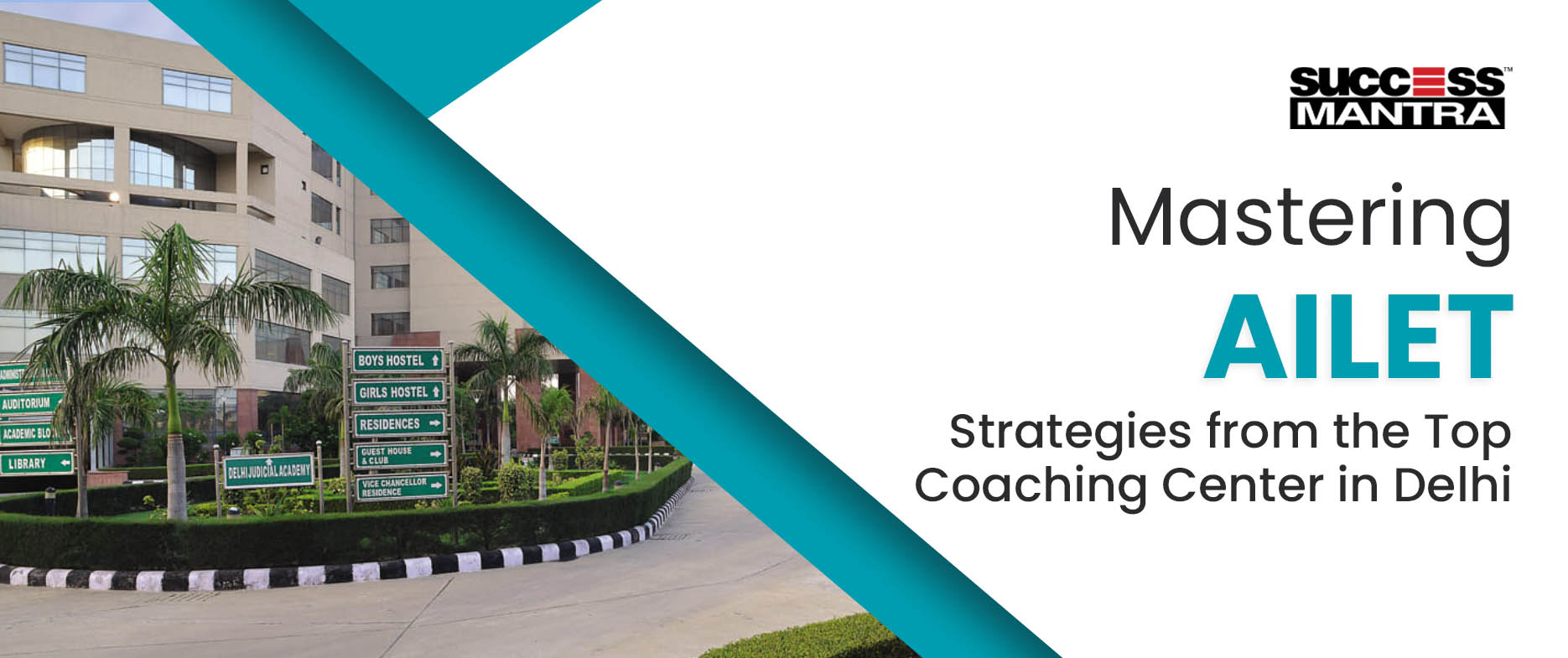
PIL in India
Public Interest Litigation (PIL) in India: Empowering the People for Justice
Introduction
Public Interest Litigation (PIL) has emerged as a powerful tool in the hands of citizens to seek justice, protect their rights, and promote social welfare. PIL enables individuals and organizations to approach the courts directly to address issues that affect public interest and societal well-being. In this blog, we explore the concept of PIL under the Indian Constitution, its significance, and some notable cases that have shaped the course of justice in India.
Understanding PIL
Public Interest Litigation is a legal mechanism that allows any citizen or organization, irrespective of their personal stake in a matter, to file a petition in court on behalf of the public interest. It originated from the concept of "Locus Standi," which traditionally required the aggrieved party to have a direct interest in the case. PIL removes this requirement, enabling citizens to raise matters of public importance and hold authorities accountable.
Significance of PIL
- Expanding Access to Justice: PIL has democratized the legal system by granting access to justice to marginalized communities and individuals who may not have the means or resources to approach the courts. It has bridged the gap between the powerful and the vulnerable, empowering the marginalized sections of society to seek redressal.
- Social Justice and Reforms: PIL has been instrumental in bringing about social reforms and ensuring justice for the disadvantaged. It has played a crucial role in issues like environmental protection, gender equality, labor rights, right to education, and access to healthcare. PIL petitions have led to landmark judgments that have transformed and shaped society.
Notable PIL Cases
1. Mumbai Kamagar Sabha vs. Abdul Thai (1976)
Justice Krishna Iyer first introduced the idea of public interest litigation in India in this case.
2. Hussainara Khatoon vs. State of Bihar (1979)
This was the first PIL case to be publicly known; it focused on the inhumane treatment of prisoners and those awaiting trial and resulted in the release of more than 40,000 such prisoners. A vital fundamental right that had been denied to these convicts was their right to speedy justice.
3. S.P. Gupta vs. Union of India
In this case, it was decided that "any member of the public or social action group acting bona fide" could use the Supreme Court's (Article 32) or the High Court's (Article 226) Writ Jurisdiction to seek redress against the violation of a person's legal or constitutional rights if they are unable to approach the court due to a social, economic, or other disability.
By virtue of this ruling, PIL became a powerful tool for the enforcement of "public duties" where an administrative action or wrongdoing caused harm to the public. As a result, any Indian citizen, consumer organisation, or social action group may now approach the country's apex court to seek legal remedies in any situation where the general public's or a particular portion of the public's interests are at risk.
4. Vishaka v. State of Rajasthan (1997)
This landmark case brought the issue of sexual harassment in the workplace to the forefront. The Supreme Court, in response to a PIL, laid down guidelines known as the "Vishaka Guidelines", providing a framework for preventing and addressing workplace sexual harassment. This case established an important precedent for women's rights and workplace safety.
5. M.C. Mehta v. Union of India (1987)
In this PIL, M.C. Mehta raised the issue of pollution in the River Ganges. The Supreme Court, recognizing the environmental significance of the Ganges, issued directives to control pollution and protect the river. This case led to the formation of the Ganga Action Plan and subsequent efforts for the conservation of the Ganges River.
6. Olga Tellis v. Bombay Municipal Corporation (1985)
This PIL challenged the eviction of pavement dwellers in Mumbai. The Supreme Court, acknowledging the right to shelter as a fundamental right, held that eviction without providing alternative accommodation violated the Constitution. This case affirmed the rights of the urban poor and influenced policies related to slum dwellers' rights.
7. Bandhua Mukti Morcha v. Union of India (1984)
In this PIL, the Supreme Court addressed the issue of bonded labor and its abolition. The court, recognizing the exploitative nature of bonded labor, issued directives for its eradication and rehabilitation of bonded laborers. This case led to significant reforms in labor laws and the protection of vulnerable workers.
8. Centre for Environmental Law, WWF-India v. Union of India (1996)
This PIL focused on the conservation of forests and wildlife habitats. The Supreme Court, in response to the petition, issued guidelines to protect forests and wildlife, including measures to prevent illegal logging and poaching. This case highlighted the importance of environmental conservation and sustainable development.
Conclusion
Public Interest Litigation has revolutionized the Indian legal landscape, empowering citizens to champion social causes and seek justice for the larger public interest. It has served as a catalyst for social reforms, environmental protection, human rights, and accountability of authorities. By removing the limitations of "Locus Standi", PIL has ensured that justice is not restricted to those directly affected but extends to all citizens. PIL continues to be a crucial instrument for upholding democracy, safeguarding fundamental rights, and promoting social justice in India.
















ddjewdfiee
PIL in India [url=http://www.g8drw47c7b0pv269t90a931yz6kxcj79s.org/]uddjewdfiee[/url] ddjewdfiee http://www.g8drw47c7b0pv269t90a931yz6kxcj79s.org/ <a href="http://www.g8drw47c7b0pv269t90a931yz6kxcj79s.org/">addjewdfiee</a>
rjodmfionk
PIL in India <a href="http://www.gede27ic5knm6yx184i31l53b94747uos.org/">arjodmfionk</a> [url=http://www.gede27ic5knm6yx184i31l53b94747uos.org/]urjodmfionk[/url] rjodmfionk http://www.gede27ic5knm6yx184i31l53b94747uos.org/
zzpnshix
PIL in India <a href="http://www.g3g6a492ob5548uvv3141iqca1wiq3h9s.org/">azzpnshix</a> zzpnshix http://www.g3g6a492ob5548uvv3141iqca1wiq3h9s.org/ [url=http://www.g3g6a492ob5548uvv3141iqca1wiq3h9s.org/]uzzpnshix[/url]
llyergxr
PIL in India llyergxr http://www.g4449nybuii348178lxc2d2c7ud69q3ws.org/ <a href="http://www.g4449nybuii348178lxc2d2c7ud69q3ws.org/">allyergxr</a> [url=http://www.g4449nybuii348178lxc2d2c7ud69q3ws.org/]ullyergxr[/url]
xcpyzmdyfp
PIL in India [url=http://www.g408p332cu8tjbz23sn9kzw50dz24l19s.org/]uxcpyzmdyfp[/url] <a href="http://www.g408p332cu8tjbz23sn9kzw50dz24l19s.org/">axcpyzmdyfp</a> xcpyzmdyfp http://www.g408p332cu8tjbz23sn9kzw50dz24l19s.org/
oilykgem
PIL in India [url=http://www.gp1u72830vf0k0h3jat20q10e7xvt2u6s.org/]uoilykgem[/url] oilykgem http://www.gp1u72830vf0k0h3jat20q10e7xvt2u6s.org/ <a href="http://www.gp1u72830vf0k0h3jat20q10e7xvt2u6s.org/">aoilykgem</a>
ircjpxjjom
PIL in India ircjpxjjom http://www.g3ziy2z4x66ec5944obn91im29n009nys.org/ [url=http://www.g3ziy2z4x66ec5944obn91im29n009nys.org/]uircjpxjjom[/url] <a href="http://www.g3ziy2z4x66ec5944obn91im29n009nys.org/">aircjpxjjom</a>
mpdcoxxvri
PIL in India <a href="http://www.g0361xpe6h2or5c9wc7vc89m4my0e600s.org/">ampdcoxxvri</a> mpdcoxxvri http://www.g0361xpe6h2or5c9wc7vc89m4my0e600s.org/ [url=http://www.g0361xpe6h2or5c9wc7vc89m4my0e600s.org/]umpdcoxxvri[/url]
xspwmilq
Latest News on Education & LAW Exams Blogs | Success Mantra [url=http://www.g6ihcx8820i5mk05z75vif29oe93u23as.org/]uxspwmilq[/url] xspwmilq http://www.g6ihcx8820i5mk05z75vif29oe93u23as.org/ <a href="http://www.g6ihcx8820i5mk05z75vif29oe93u23as.org/">axspwmilq</a>
jjmqrvsqgt
Latest News on Education & LAW Exams Blogs | Success Mantra jjmqrvsqgt http://www.ggy74y4s4hl4pv8m5q9025y4w2c70z5ls.org/ [url=http://www.ggy74y4s4hl4pv8m5q9025y4w2c70z5ls.org/]ujjmqrvsqgt[/url] <a href="http://www.ggy74y4s4hl4pv8m5q9025y4w2c70z5ls.org/">ajjmqrvsqgt</a>
gpxghxjbnt
Latest News on Education & LAW Exams Blogs | Success Mantra [url=http://www.gt0n6538v0oggi45671w8ax7lb6g08jps.org/]ugpxghxjbnt[/url] gpxghxjbnt http://www.gt0n6538v0oggi45671w8ax7lb6g08jps.org/ <a href="http://www.gt0n6538v0oggi45671w8ax7lb6g08jps.org/">agpxghxjbnt</a>